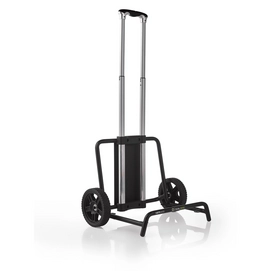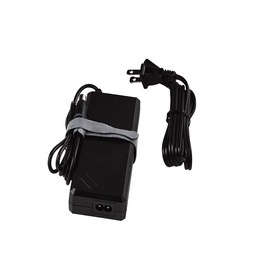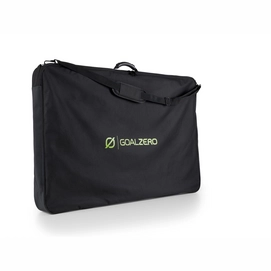Goal Zero Yeti Power Stations
Why choose Yeti power?
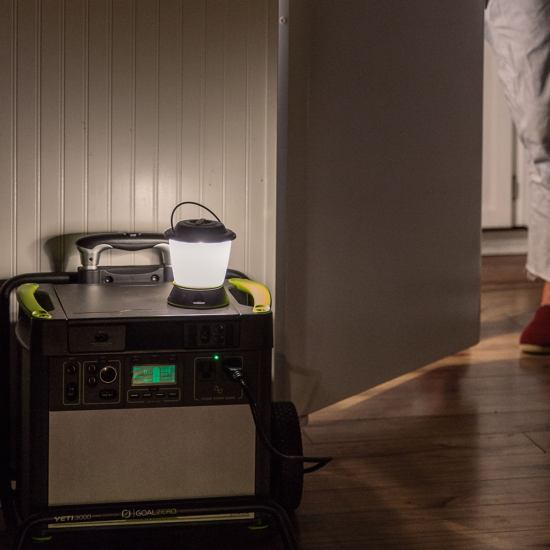
Goal Zero Yeti power stations offer a lot of benefits when compared to traditional gas-powered stations. Yeti stations make use of either a Lead Acid battery or a Lithium battery. Lithium batteries tend to have a longer lifespan, are more lightweight and compact, and generally allow a higher watt output than Lead Acid batteries. To ensure that you get the most bang for your buck, have a look below at some of the reasons that Yeti power is making gas-powered power stations a thing of the past.
+No fuel, noise, or fumes
Yeti power stations are battery powered, so there's no need to add fuel, which also means that there are no toxic fumes involved and no vibrations or noise pollution.
+No lost power
Another great advantage of battery power stations is that power is stored and consumed as needed, whereas gas power banks always operate at full power, which can often be wasteful.
+Low maintenance
As long as you use the battery regularly and make sure its fully loaded wherever possible, your Yeti station will be good to go!
+Low ownership cost
In total, Goal Zero estimates that the cost of owning a Yeti station is 40% cheaper than the costs of owning a gas power station
What can my Yeti charge?
Yeti power stations can be used to power all sorts of devices. In order to find out which Yeti you'll need for your device, you'll need to know how much power your device requires in order to function. This information can normally be found either in the device user guide or online. Each Yeti device has a maximum capacity for each port, so you will need to make sure that your device doesn't pull more than the maximum capacity of the port you're using. For example, the Yeti 400 AC port allows a maximum of continuous 300W, so a device using more than this will not be suitable for the Yeti 400. See the maximum output table below to find out more.
You can use this table to find out how long it takes to charge some popular devices.
How do I charge my Yeti?
Yeti power stations can be charged using a wide range of power sources. You can use a normal wall outlet, the 12V charger port in your car, or, if you are a true eco-warrior, solar panels. Goal Zero produces a wide range of solar panels that are designed to power the different Yeti power stations. You can see on the table below how long it takes to re-charge your Yeti power station depending on the power source.
Other Yeti FAQs
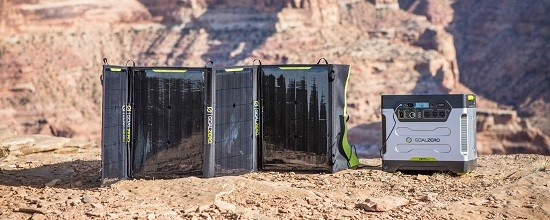
Goal Zero's "dirty lesson" in power
Goal Zero Yeti power stations all have a number in their name, and this number refers to the watt hours of the power station. For example, the Yeti 400 can store energy for 4 watt hours, so it can power a device that requires 100W for 4 hours:
400 Wh ÷ 100 W = 4 hours of power
This means that if you know your device's wattage consumption, you'll be able to better choose the right Yeti power station.
NOTE: Each Yeti has a maximum output capacity for continuous and surge power. See the table below to find out more.
How long will a Yeti store power for?
Some people are after a Yeti for day to day purposes, but if you will only need your Yeti unit every now and again and don't want to have to charge it every single time, it's worth knowing how long the unit will holding a charge.
If unused for a considerable period of time, Yeti power stations are normally able to hold a full charge for anywhere between 4 and 6 months. That means that if you need it every couple of weeks, or even once a month, your Yeti will still have plenty of juice.
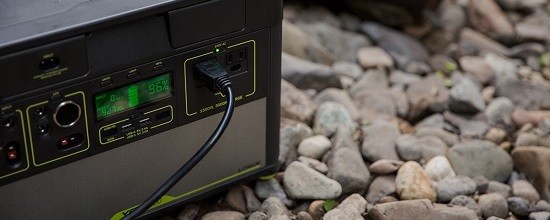
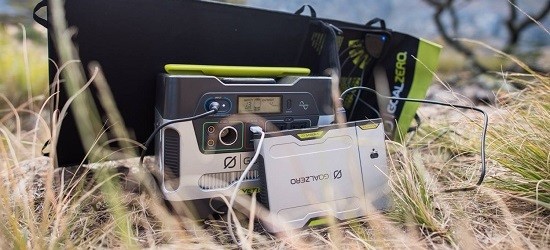
What is the lifespan of a Yeti power station?
Yeti power stations are rigorously tested in all manner of conditions and climates, and are built to withstand the toughest environments around, from Everest base camp to warm, desert villages.
The lifespan of Yeti power stations is also measured in battery lifecycles, and one lifecycle refers to one usage from 100% charge to 0%. Lead-acid batteries tend to have 200-300 cycles, but Lithium-powered batteries can live for as long as 500-800 cycles. After this, the batteries are still perfectly functional, but you will find gradual battery degradation after this point, as you would with a mobile phone or laptop battery. Goal Zero offers the following tips to help lengthen the life of your battery as much as possible.
Store your Yeti plugged in
Fully charge your Yeti every 3 months, even if you don't use it
Try not to run the battery down from 100% to 0% every time, as this can reduce the lifespan, despite popular beliefs that this is good for the battery

